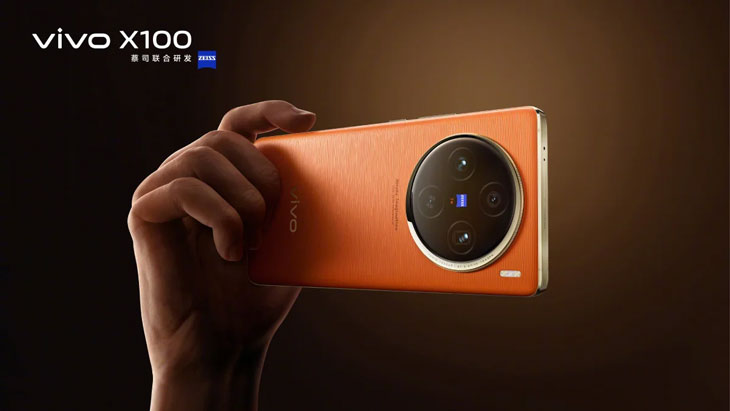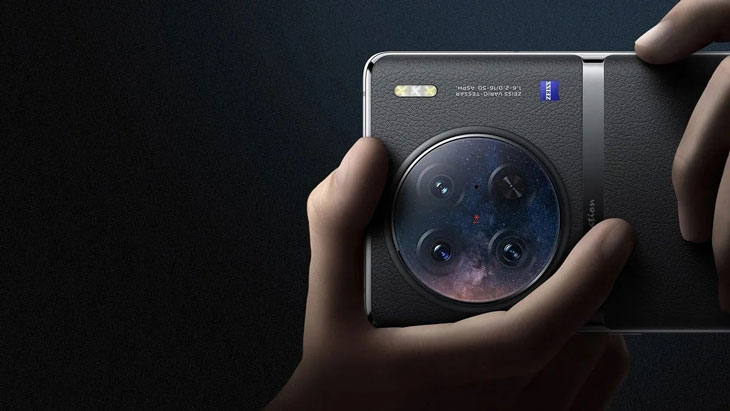
Mirrorless camera makers should be aware that the Vivo X100 smartphone has arrived. With its dedicated set of three lenses, the image, and video quality this smartphone can produce somehow matches that of a mirrorless camera. I’m not saying it surpasses it, but it certainly matches up to some extent. Even the videos captured with the smartphone exhibit a natural background blur, just like a professional camera.

Here are the camera specifications for the Vivo X100 Pro smartphone
- Main Camera (Triple):
- 50 MP, f/1.8, 23mm (wide), 1/0.98″, 1.6µm, PDAF, Laser AF, OIS
- 50 MP, f/2.5, 100mm (periscope telephoto), 1/2″, 0.7µm, PDAF (18cm – ∞), OIS, 4.3x optical zoom
- 50 MP, f/2.0, 15mm, 119˚ (ultrawide), 1/2.76″, 0.64µm, AF
- Features: Zeiss optics, Zeiss T* lens coating, LED flash, panorama, HDR, 3D LUT import
- Video: 8K@30fps, 4K@30/60fps, 1080p, gyro-EIS, Cinematic mode (4K)
- Selfie Camera (Single): 32 MP, f/2.0, 20mm (ultrawide)
The camera system is co-engineered with ZEISS and offers significant advancements in mobile photography.
With the arrival of the Vivo X100 Pro smartphone, a saturation point has been reached. This saturation is when the general audience cannot differentiate between the image quality or the video produced by a smartphone like the Vivo X100 Pro and a DSLR / Mirrorless camera with a high-quality, pricey lens.
Vivo X100 Pro: The Smartphone Will Shake Up the Camera Industry?
As we all know X100 Pro is not the first of its kind, we have the Samsung S series and Apple smartphones, and part of all these we have DJI pocket 3 too, all these doing already well, but the Chinese smartphones makers will put the same tech in more affordable smartphones bodies in next two to three year, and then camera maker may see a serve decline the the sales of Mirrorless camera, specifically the vlogging mirrorless camera. Camera makers should wake up as soon as possible. Yes, Sony is introducing dedicated chips, Canon is willing to put some effort into AI tech, and even Nikon is doing so. However, these efforts will fail miserably if they are not able to adapt the proper AI technology that smartphone makers are using to upscale the video and image quality at the time of processing JPEG files or MP4 format videos. Yes, they can keep the raw files for those users who want to have raw video
Vivo X100 Pro Camera Sample Images








